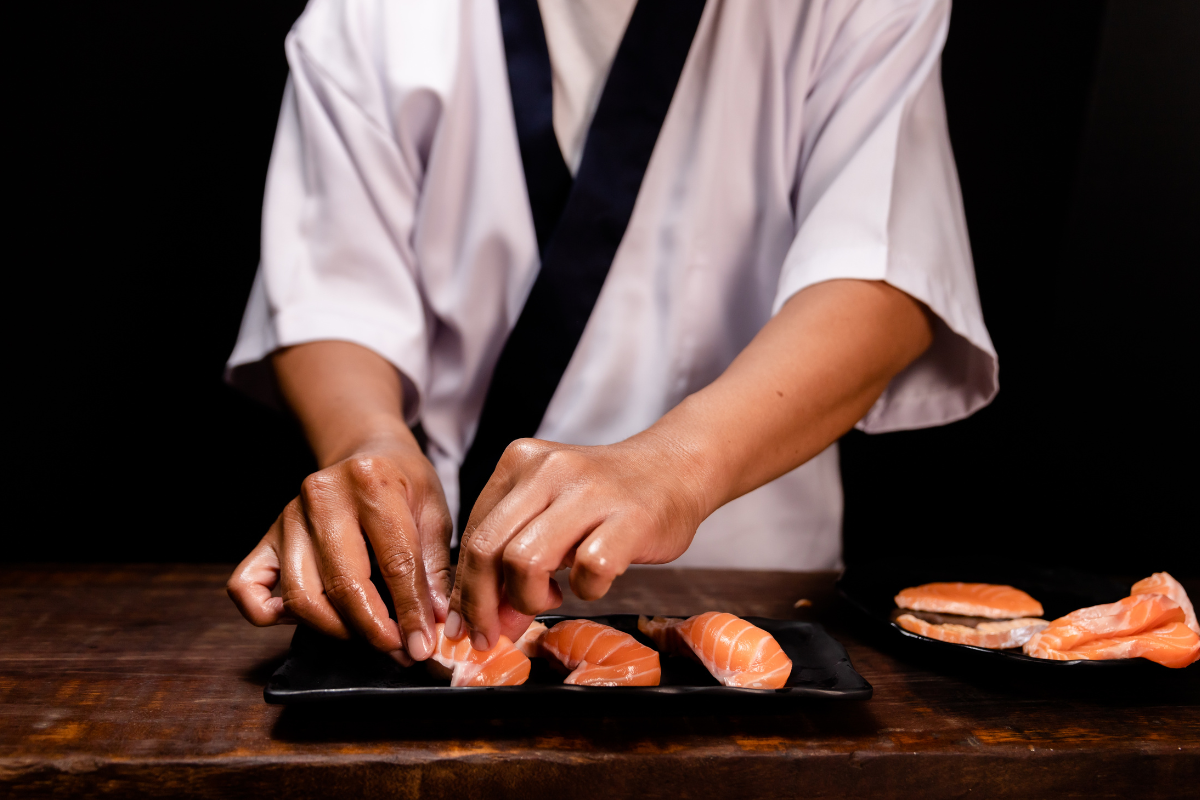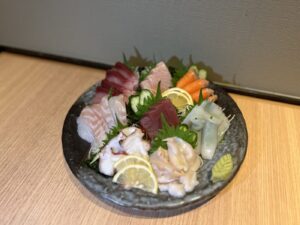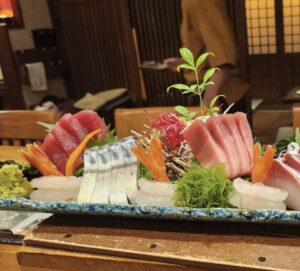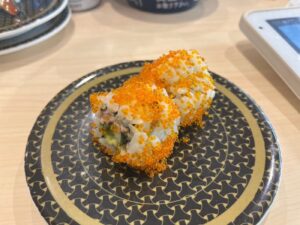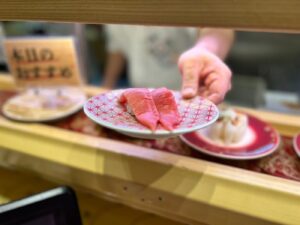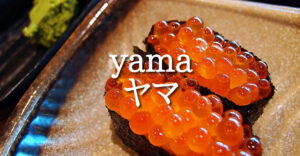Sushi, often considered a representative of Japanese cuisine, has become a globally renowned Japanese delicacy. In the past, sushi was considered a high-end culinary experience, but with the widespread popularity of “conveyor belt sushi,” it has become a more accessible and common dish.
On weekends, nearly every sushi restaurant is packed with customers of all ages, from children to the elderly, enjoying a variety of sushi dishes circling on plates. The prices, often as low as 100 yen per plate, are one of the reasons for its popularity. While conveyor belt sushi is the most common image associated with sushi today, there are still traditional sushi restaurants, small and without conveyor belts, where you can savor this delicacy. (I haven’t been to one of those non-conveyor belt sushi places recently…)
When you enter such traditional establishments, you’ll find a wooden counter with chefs dressed in white uniforms and ties behind it. The sushi items on the board usually don’t have listed prices; they are typically priced based on market rates.
Unlike the casual experience of conveyor belt sushi, these traditional sushi restaurants exude an air of sophistication. Are there specific etiquette and manners for enjoying sushi in such high-end establishments? What is the proper way to eat sushi at a “high-end sushi restaurant”? Let’s explore.
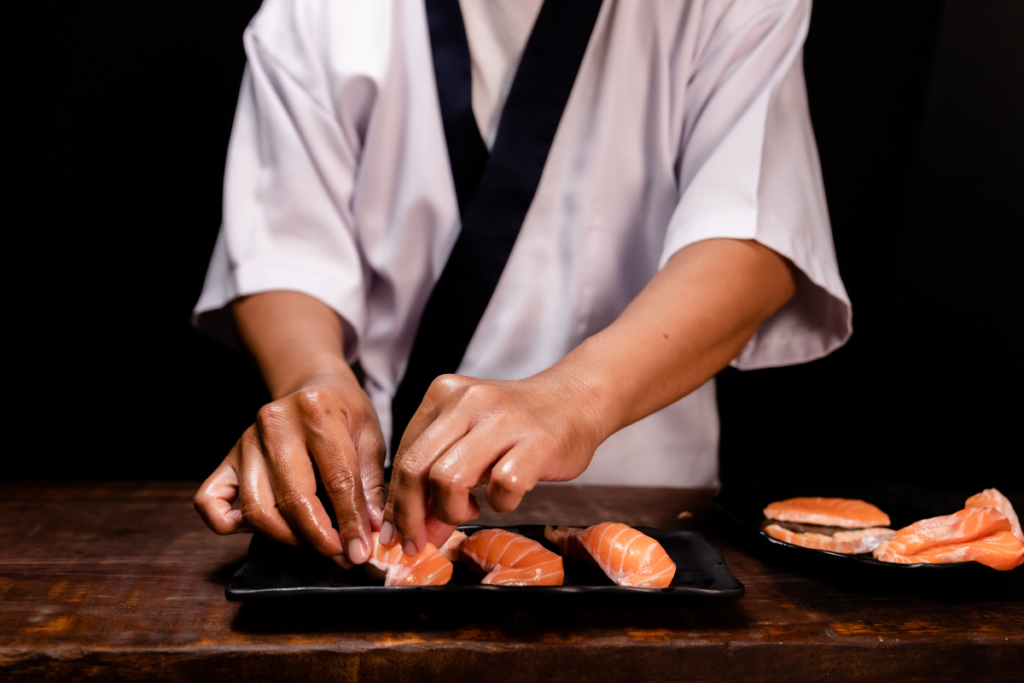
Soy Sauce is a Must for Sushi
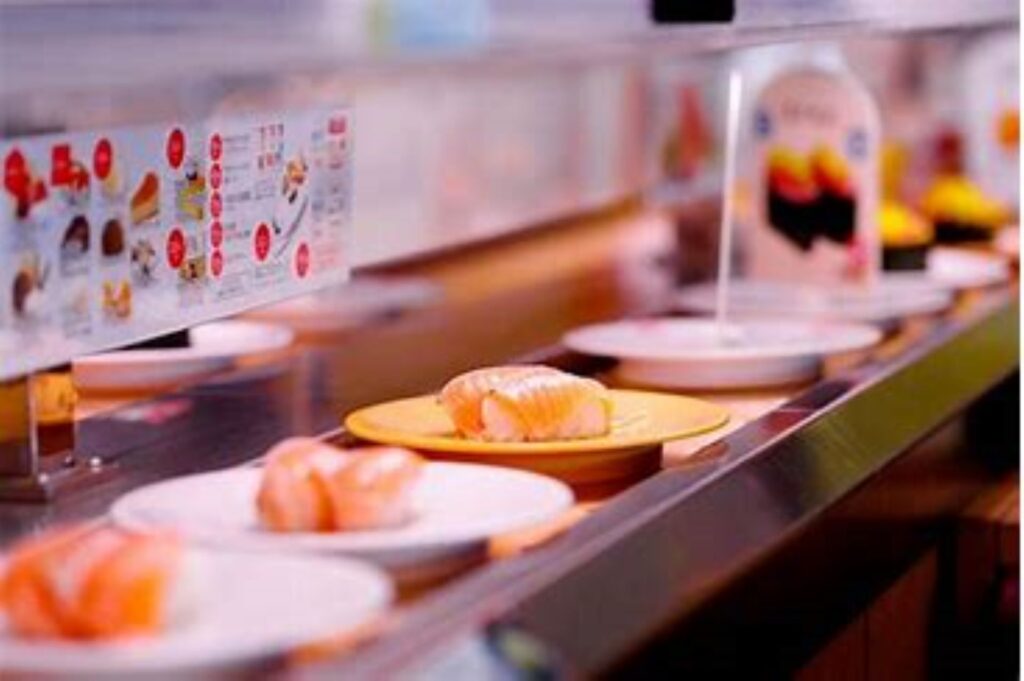
The use of soy sauce with sushi is common and depends on the type of sushi you’re eating. Especially at conveyor belt sushi restaurants, you’ll find both regular soy sauce and sweet soy sauce available. I remember when I was a child, I used to put sweet soy sauce on every piece of sushi I ate. I ended up with rice and soy sauce all around my mouth and even spilled some on the floor, which I now feel sorry for.
Well, even as adults, we might accidentally put too much soy sauce, and suddenly half of our sushi becomes soaked in it.
At High-End Sushi Restaurants, Not Using Soy Sauce is Etiquette
I used to think that using soy sauce with sushi was standard, but it turns out that some high-end sushi restaurants discourage it. In such places, some sushi chefs openly frown upon customers who use soy sauce with their sushi, and some restaurants don’t even provide soy sauce.
Especially at sushi restaurants labeled as “Edomae sushi,” some chefs go the extra mile by personally visiting the wholesale fish market to select the freshest ingredients. These experienced chefs craft sushi with precision, hoping that customers will savor the pure taste of the ingredients. Drenching the sushi in soy sauce is considered a waste in their eyes.
Moreover, when you’re paying a premium for your meal, wouldn’t it be a shame not to savor the seasonal ingredients in their truest form? In high-end sushi establishments, using soy sauce is not just a breach of etiquette but rather considered unacceptable as a way to appreciate the food.
Some sushi chefs may even advise customers to try the sushi without anything added, suggesting a touch of salt instead. Additionally, some restaurants offer “nikiri” sauce (a reduction of soy sauce, mirin, and sake) instead of regular soy sauce.
Remember that “high-end sushi restaurants” can vary depending on the sushi chef’s philosophy, so it’s essential to adapt your dining style accordingly and fully enjoy your high-end sushi experience.

